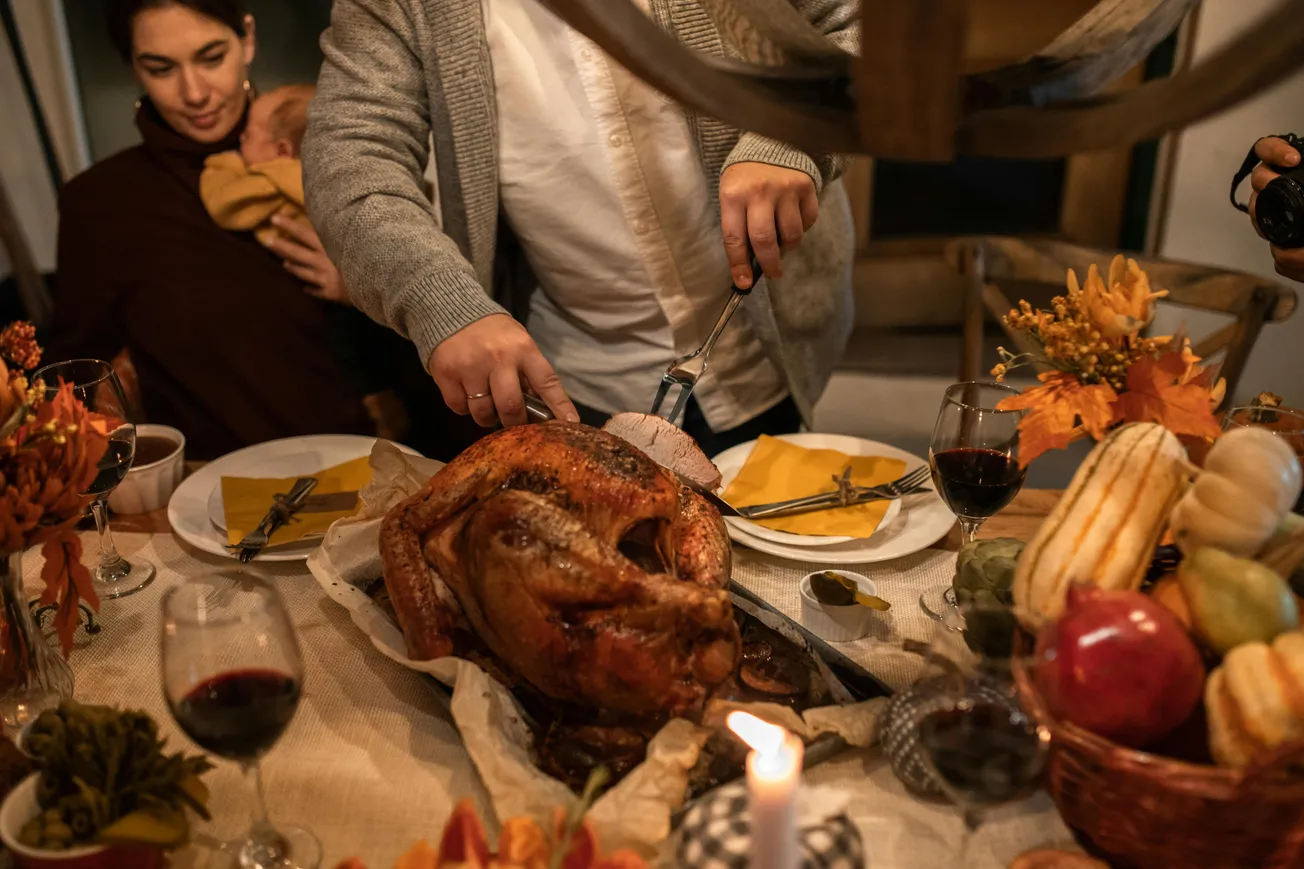The self‑publishing world is rapidly shifting, and for indie writers this means both new opportunities and fresh challenges.
With technological advances, reader expectations changing, and distribution channels evolving, 2025 is shaping up to be a pivotal year.
1. AI‑Enhanced workflows become standard
Tools powered by artificial intelligence have become more than curiosities — they’re now serious parts of the indie author’s toolkit. From manuscript editing and cover design to audiobook narration and metadata optimisation, more authors are using AI to streamline time‑consuming tasks.
Action tip: Use an AI‑assisted editor to polish your draft, then spend time adding your unique voice and style. The tech can speed things up, but your distinct voice is still the differentiator.
2. Print‑on‑demand (POD) and immersive formats win
Rather than mass printing and risking unsold inventory, POD remains a smart choice for indie authors — lean, cost‑effective and eco‑friendly. At the same time, books with added features (QR codes linking to bonus content, AR/interactive elements, special printed edges) are gaining traction as reader experiences diversify.
Action tip: Consider offering a deluxe limited edition (e.g., signed copy, special edges, bonus content via QR). It may attract collectors and boost perceived value.
3. Niche‑first audiences beat “broad market” bets
Rather than trying to appeal to everyone, successful indie authors are focusing on highly‑defined reader groups and niches. Whether it’s a sub‑genre like “romantasy” or a non‑fiction micro‑topic, targeting a specific community helps build loyalty and word‑of‑mouth.
Action tip: Define your ideal reader in one sentence (age/gender/interests + problem they have). Then write and market to that person.
4. Authors become brands & readers expect connection
In 2025, a book is only half the story — the author brand, how you engage on social platforms, build email lists, and nurture a community matter a lot. Readers now expect behind‑the‑scenes, live sessions, and micro‑engagement.
Action tip: Pick one social platform (TikTok/Instagram/YouTube) and commit 15 minutes a day to post something authentic: talk about your writing process, share a cover reveal, preview a scene.
5. Oversaturation = discoverability is king
One downside: the number of self‑published titles continues to rise, meaning it’s harder to stand out just by publishing. Quality, smart positioning, marketing strategy and metadata optimisation become essential.
Action tip: Refresh your existing catalogue by updating keywords, refining book descriptions, redesigning covers — you don’t need a new book to gain new traction.
6. Global markets & multilingual opportunities expand
Indie publishing is no longer limited to English‑language markets. Translation, international distribution and global reader niches are increasingly accessible, opening new revenue streams.
Action tip: Research one non‑English market (e.g., Brazil, Spain, Indonesia) relevant to your genre. Consider offering your book in translation or localising marketing.
7. Formats diversify: audiobooks, serialized fiction, enhanced ebooks
Audiobooks continue strong growth; serialized fiction (episodic releases) and enhanced ebooks/interactive content are gaining steam.
Action tip: If you haven’t yet, convert your book into audiobook format. Then experiment with a shorter serialized version of your next project to test reader engagement.
Conclusion
For indie writers in late 2025, success is less about trying to match the big publishers and more about leveraging agility, niche focus, and smart use of tools.
Choose one or two of the trends above, apply them to your next project, and build a strategy around real‑reader connection rather than just publication. The landscape is full of possibilities — the key is to act strategically and consistently.








